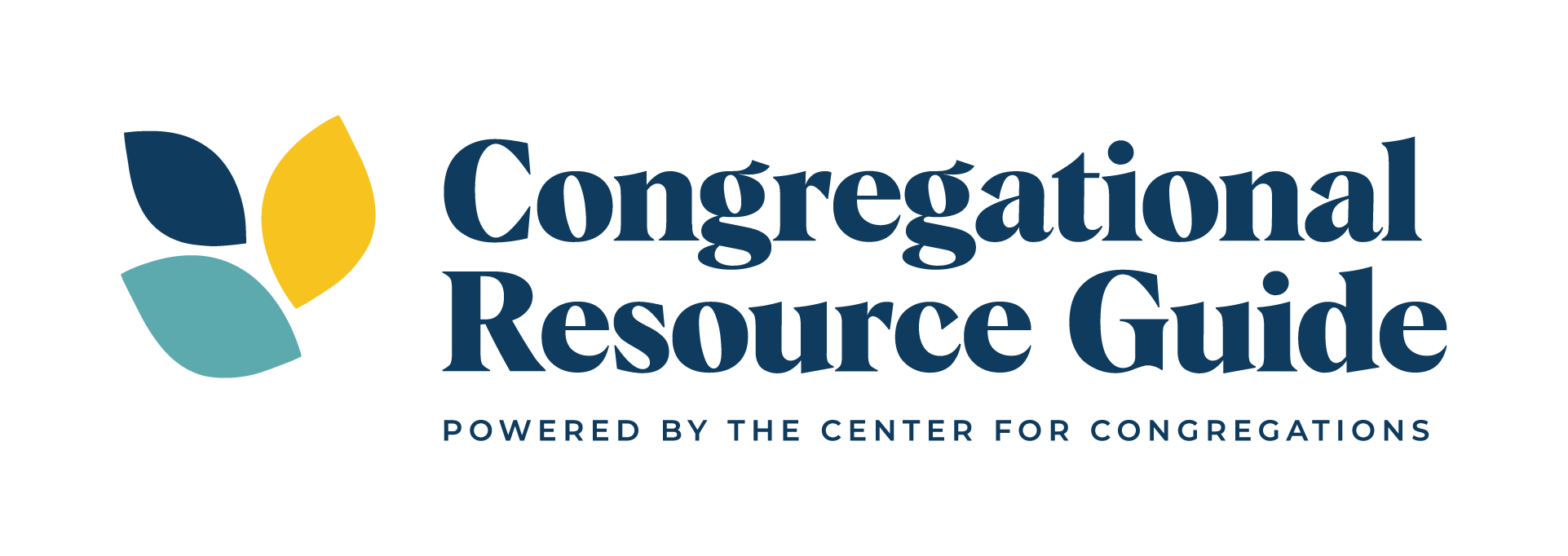What does marriage have in common with congregational life? There is one thing in particular: both flourish when the ratio of positive validation to negative criticism is five to one in favor of the positive.
The magic ratio
Dr. John Gottman is a therapist who works with married couples. He has researched what he calls the magic ratio. He observes couples interact over time and predicts the staying power of the marriage. One of the key indicators is the ratio of affirmation to negations. If a couple share five validations for every one negative statement, there is an excellent chance that the marriage is flourishing. Not all complaint is wrong, but criticism needs to be balanced with positive messages to result in growth.
The same is true for congregations
Congregations flourish when they focus on their strengths. When too much attention is given to the negatives, then congregations fail to receive important nutrients. The community becomes more a desert than a thriving field of grain.
Appreciative Inquiry
No wonder so many congregations have found planning processes based on Appreciative Inquiry helpful. Appreciative Inquiry was created by David Cooperrider of Case Western University. He and colleagues like Diana Whitney note the importance of human communities to value the best in people. Valuing the best in people leads to more health; the nourishment of validation results in progress.
The best in a congregation, what is strong and right and beautiful, can be revealed through inquiry. You can uncover hidden strengths through a process of exploration in which problem questions are reframed as possibility questions.
Reframing the question
Members of a worship team from a midwest congregation talked about worship. Someone said, “Our worship has become stale. Where’s the joy?” The leader of the worship team had been trained in Appreciative Inquiry. She changed the question. She responded, “Let’s take a moment and recall our most joyful worship experiences.” For the next hour, the members of the worship team shared their stories of powerful encounters in worship. One person remembered his baptism. Another recalled an Easter service. Still another person told the story of worshiping with three generations of her family.
Reframing a negative question to a positive question is just a part of the Appreciative Inquiry process. The entire process leads a congregation through four steps, or the four D’s: Discover, Dream, Design, and Destiny.
Here is a short description of each phase:
All through the process the emphasis is on affirmation and validation. Yes, the five to one ratio is an enchanted construct, not just for couples but for communities too. Perhaps the magic ratio is a construct woven into creation by our Creator. Positive energy is like a rain shower for parched land.
Your congregation has many good things happening. Discover these good things. You will likely be drawn to a destiny abundant with faith, hope and love.
Here are some of my favorite appreciative inquiry resources: the article “Doing Change Differently: An Appreciative Inquiry Approach” and the book The Power of Appreciative Inquiry.
And here is a CRG page with more information about Appreciative Inquiry.
Yes, your congregation is a special place. Celebrate! Validate! And learn.


